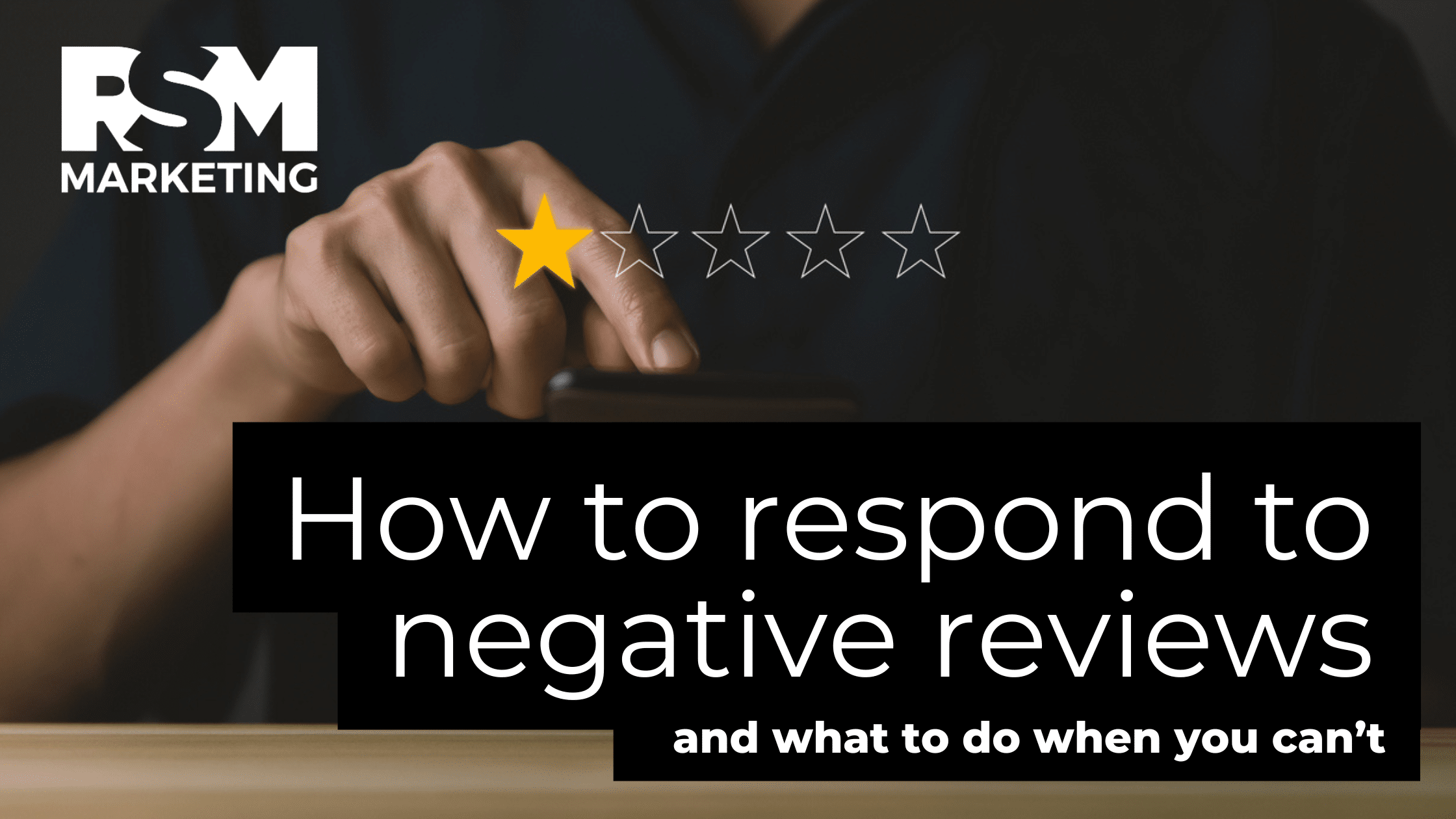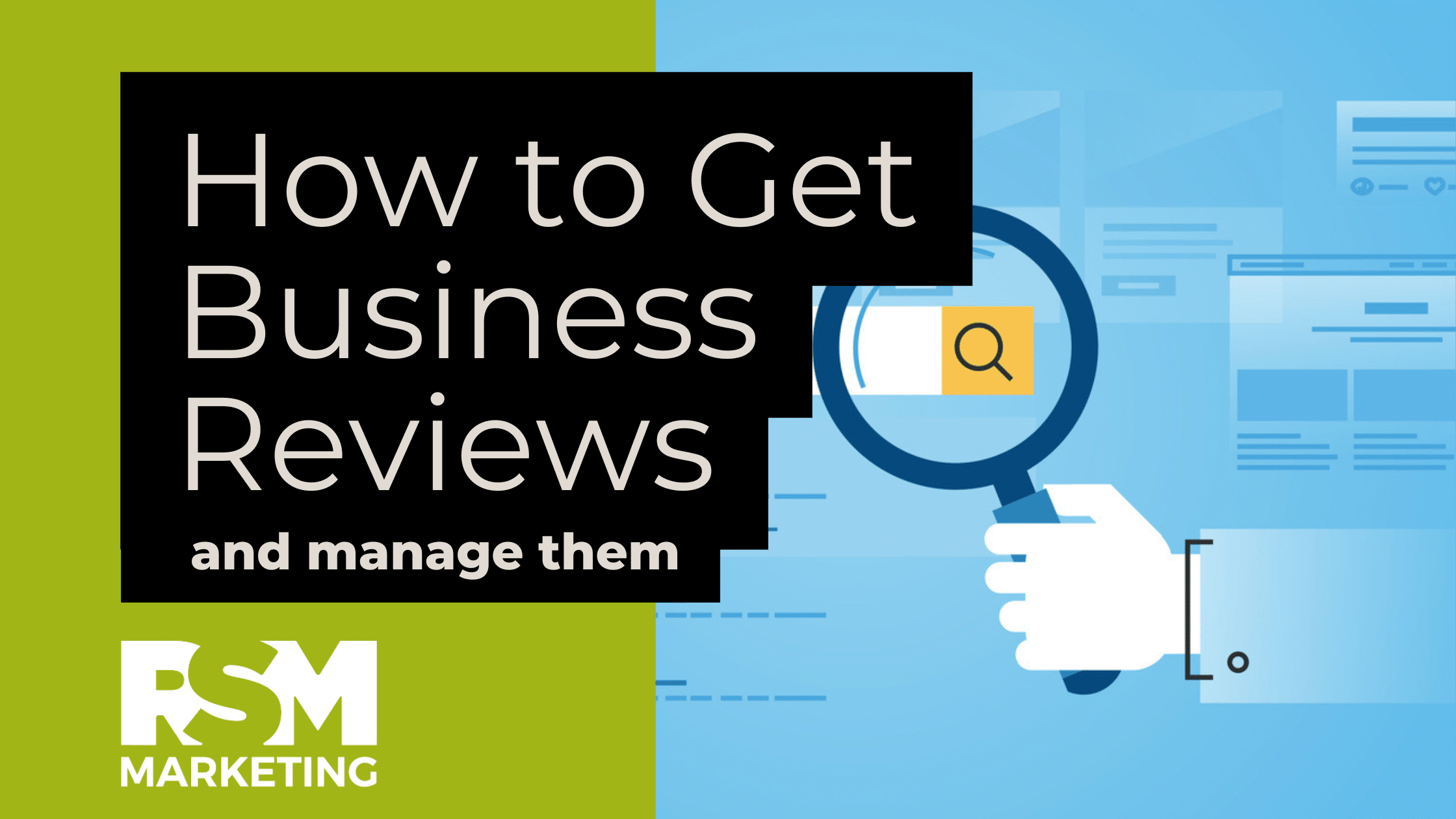Google advertising can help you reach one of the biggest markets of consumers on the internet. The search engine is practically used by everyone. But how much does it cost to advertise in Google?
The answer isn’t as simple as naming a price, unfortunately. How much you have to spend on your Google ad campaign will depend on a range of variables.
We’re going to take a closer look at how Google ads works, what it is, and how to make sure that you get the best use out of it. But let’s start by breaking down the answer to the question “How much does it cost to advertise in Google?”
Costs to Advertise on Google: Important Things to Consider
- The average SMB tends to spend around $1,000 to $10,000 on an AdWords budget per month, in the beginning.
- Google Ads doesn’t charge a flat fee, but instead users bid on their ad. The more they bid, the better the placement and targeting.
- Google Ads work on a cost-per-click basis.
- Most Google ads have an average cost per click between $1 and $2.
- How competitive a keyword is will directly influence how expensive the ad is. Expensive keywords are the norm in some industries!
- There’s no upper limit to how much you can spend on Google ads.
As you can see, answering the question of “How much does it cost to advertise on Google?” is a little more complicated than naming a figure.
We have to take a much closer look at how the ad system works, how you bid, and different strategies to help you do it in the most cost-effective way possible to get the return on investment that you need.
What is Google Ads (and what is Google AdWords?)
Google Ads in the modern name for what was once known as Google AdWords. It’s the advertising system that drives all of the direct marketing that web users see through the Google search engine results page, Google Shopping, the Google DIsplay Network (which is connected to thousands upon thousands of websites throughout the net), Youtube, and more.
Brands and advertisers pay to have their ads displayed through Google, which is primarily how the search engine makes its money.
Let’s take a look at some of the benefits of using Google to advertise:
- It makes your brand more visible: You can increase brand awareness and brand recognition thanks to the fact that Google ads can place your brand front and center in search engine results pages, meaning that more people are going to see it more regularly.
- It’s faster than SEO: Both methods make use of search engines (primarily Google). However, SEO takes time and effort to build up. Setting up a Google Ads campaign is much quicker and, providing you bid well and get the right Quality Score, can start showing results much, much faster.
- Data-driven advertising at its finest: Few companies collect as much data on their users as Google. This data is used so that it can help its users find more relevant results, which includes ads.
- Integrated into email, Youtube, shopping, and more: Google Ads has been integrated into a wide range of different platforms, including Gmail, meaning that your ads could even show up to prospects through their inbox.
- Learn more from your ads: Just as Google uses data to improve ad performance, it also helps you understand more about your customers and how they use Google. For instance, you can connect Google Ads to your Google Analytics to see how users are finding your website, how successful ad campaigns are, how much you’re paying per lead, and so on.
Google is undoubtedly one of the most popular and most useful marketing tools on the internet right now. However, it is easy for your spend to grow out of control unless you know how it works.
Let’s take a deeper look at Google ad auctions, the bidding system, and what really determines how much you’re likely to pay for each ad and each click you get.
About the Google Ads Auction
Before going any further, we need to look at how the system works. As mentioned, it’s not a service where you pay a fee and then get a platform to place your ads on it.
You can, technically, pay as little or as much as you want. However, how much you pay, alone, isn’t enough to dictate how effective your ads will be or how many people they will be seen by. Naturally, if you have more money to put into your ppc campaign, it can help, but learning how to construct optimized campaigns is much more important.
One term you had better get used to reading when talking about how much it costs to advertise on Google is “bids”. Indeed, the whole platform works on an auction system.
How bidding on your ads works
The Google Ad auction system doesn’t work like buying advertisements directly. You don’t pay money up-front, then air the ad through their network.
Instead, you prepare a bid on how much you’re willing to pay for each click.
When a Google user enters a search query, the search engine then looks at ads that are most closely related to that query based on the intention and the keywords. Your bid is on the keyword.
So, let’s say that you and a competitor are bidding on the keyword “sustainable outdoor furniture.” If your ads are both as relevant to the keyword as one another, but you bid $1.10 and they bid $1.00, your ad will be shown first instead of theirs.
It’s important to know that your bid isn’t the only thing that affects whether the ad shows or not. Google also assigns a Quality Score, which is a metric to display how relevant and useful the ad is to the user’s search query.
An ad with a lower bid could potentially be more successful than one with a lower quality score. A well-optimized ad has both factors in their favor, of course.
Your ad rank
Quality score doesn’t just affect how likely it is that your ad will be shown. When you place a bid on a Google ads campaign, you’re not just naming one price. You’re naming your bidding range, including your maximum bid. How much of that maximum bid you end up paying depends on your quality score.
Your ad rank is what determines how often your ad is shown, as well as how much you pay on your cost per click.
Simply put, ad rank is determined by multiplying your max bid by your quality score. So, an ad with a max bid of $1.50 that has a quality score of 10 will have an ad rank of 15.
If you have a quality score of 10, which is the highest that google offers, and a higher max bid, you will have a higher ad rank than the others, and you will have a lower cost per click (or CPC).
If you have a quality score of 1, then you’re likely to be paying your maximum bid for the placement and see the highest CPC.
With Google ads, you can actually end up paying less for a higher position, if you ensure that your ad is as relevant and useful to the search query as possible.
The bidding system gets even more complicated when you start looking at other factors ad formats, bidding methods, and how you weigh your budget.
How to Budget for Google Ads
Setting the right bidding range and ensuring a good quality score can help you pay a lower CPC while ensuring better results. When it comes to the overall cost of the campaign, you should learn how to set a budget. Here are a few steps to do that:
1. Set a test budget
Usually, this is around $1000 for one month of advertising. This is to help you see whether your campaign is designed well for the platform, how much you need to bid to lead to success, and can help you test out bidding strategies.
2. Figure out your EPC
We use the term CPC, or cost per click, a lot when talking about Google Ads, but to figure out how much you should really be spending, you need to work out your earnings per click.
This is how much you can expect to make from the campaign divided by the cost. A simple equation to figure out your EPC is customer value multiplied by conversion rate.
Let’s say a customer generates $50 in revenue, and you have a conversion rate of 2% on your Google Ads. Your EPC is $1. To ensure return on investment, your EPC should be lower than your CPC
3. Get rid of the budget
The test budget is, really, the only budget that you need. Google Ads work best as a sustained effort, being adjusted based on your needs as you go on. Capping your budget can lead to arbitrary limitations on how successful your marketing efforts can be. A successful Google ads campaign makes more than it costs.
As your campaign runs, you can reinvest the difference between your EPC and your CPC, allowing you to grow it further, still.
4. Adjust regular budgets instead
Rather than having one big Google ads budget or one big budget for each campaign, it’s best to have a daily, weekly, or monthly budget.
So long as you always have a CPC lower than your EPC, you will be making a return on that investment so you have some room to experiment with how much you put towards the campaign each day. You might find a cap of how much you can spend before your EPC starts to decrease, for instance.
Bidding Strategies on Google Ads
An essential part of both making your ads more visible through the Google network and driving the costs down is choosing the correct Google Ads bidding type for each campaign.
Without understanding the different bidding strategies and their pros and cons, you are effectively gambling with your budget.
There is the option to automate your bidding strategy. If you don’t have the time or the expertise to manage your bids yourself, this might be the more sensible option. However, as well as automating it, you should look at the different options available and choose which one works best for your needs.
Each of the strategies will play a role in how much you can expect to pay for your Google ads.
Note: it’s important to choose strategies based not just on how much they will cost, but what your goals are are. For instance, if you’re trying to make sales as profitable as possible, you may want to choose to optimize CPC. However, if you’re trying to get as many new customers as possible, even at a slightly higher cost, then you might want to maximize conversions, instead.
Figure out what your goals are and choose the strategy that works for you, then see how the costs of the start compare to your past campaigns.
Tips to make Google Ads More Cost-Effective
There are a few other features that can help you stay in control of your budget without reducing it by so much that your ads aren’t seen. Here are a few actionable points to keep in mind:
- Use negative keywords to make sure that unrelated clicks don’t result in ad spend.
- Use geo-targeting to ensure your ads are reaching more local customers if that’s who is more likely to convert.
- Find out when your ads are most successful and start scheduling them for that time of date and day of the week
So, How Much Does it Cost?
As all the information above shows, there is far from a clear answer to this question.
You have to determine the budget of how much you’re willing to spend on your campaign. From there, it’s all about using the right bid range and bidding strategies to get the most cost-effective use of ads based on your specific goals.
You then need to optimize your ads to make sure you’re getting the highest rank while reducing how much you’re paying.
Hopefully, this guide helps you better understand and manage your Google ads budget. Given how much different keywords can cost across different industries, there’s no real substitute for experience.
To really start getting an idea of how much Google ads cost, you need to get hands-on, or work with an expert who can bring insight and experience.





